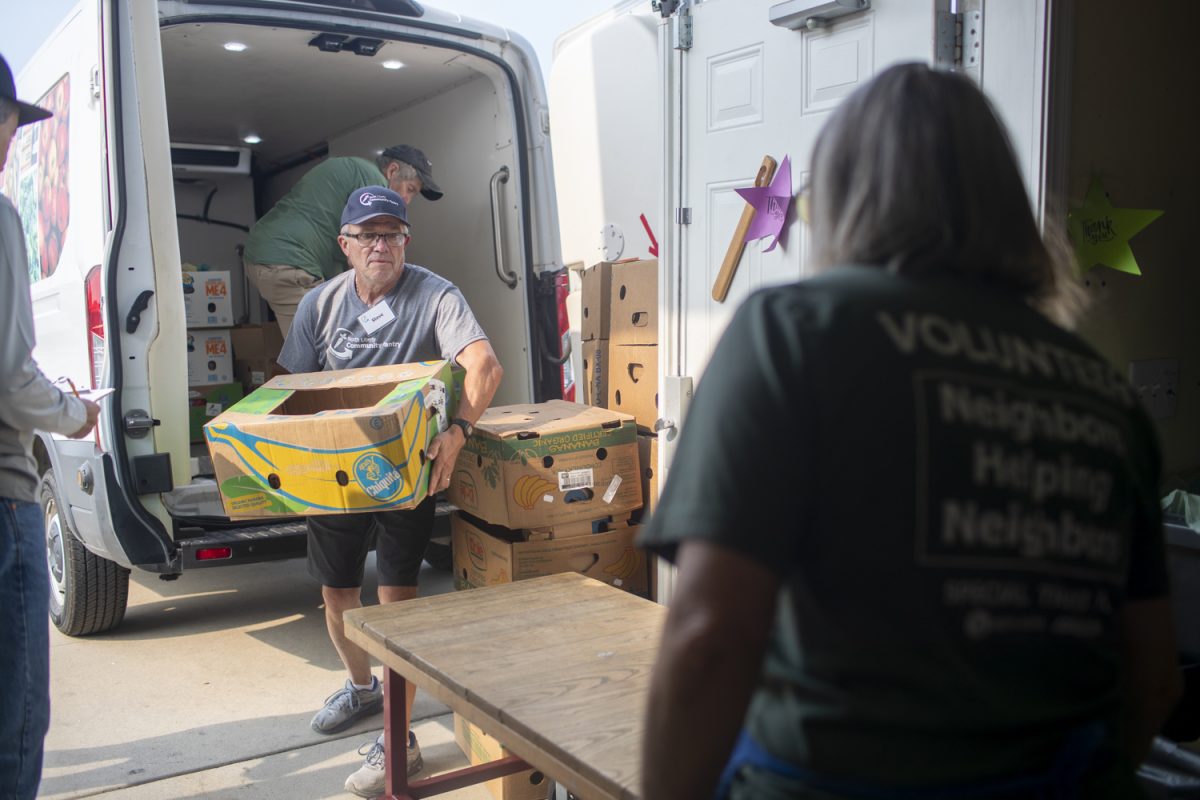I still recall being a young elementary student at a public school on the South Side of Chicago, entering the gym, and seeing the sign hanging above the door: “Black men are an endangered species.” In order to enter the gym, we had to pass under the sign. Sometime later, it was taken down.
The sign was a reminder of the things we, as black men, were taught. While white children were taught the police were there to protect them, my community learned to fear them. We were taught to “straighten up” when we saw them coming. Police brutality was not something that was reported on the news — but we all knew that it happened, and we all knew who the targets typically were.
But the sign, almost an ominous prophecy for those crossing beneath it, wasn’t something I paid any attention to until my early adolescence when I had my first “run-in” with the law.
One summer in my early teenage years during a popular South Side parade, Chicago law enforcement stopped me on several occasions over the course of one day. Once for speeding on a bicycle. Another for walking? I’m still not really sure. And another because my father had a nice car. The first two, I shrugged off because I was used to it and to a certain degree, expected it.
But the traffic stop changed things. The police had us step out of the car and proceeded to put my father in handcuffs. His offense? They claim he was speeding. After all, they could hear the engine to his ’69 Impala, a forest-green classic, allegedly roaring down the street.
While the first officer questioned my father about the speeding allegations, the second came around to my passenger-seat window and asked for my ID. I was a young teenager, maybe 13 or 14. I didn’t have a permit then. I wasn’t driving. So there was no ID, and I told him so. That did not satisfy the officer, who insisted I needed an ID. He implied I was breaking the law and asked me to step out of the car and put my hands on the vehicle.
My father, his hands still tied behind his back, began to cry. He pleaded with the police. He had done everything right. He put me in a good school, and we lived in a decent neighborhood. I wasn’t breaking the law, so why should I have to be harassed?
I always thought that when I moved from Chicago to Iowa City that things would get better, not just with the police but with the rest of society, too. There couldn’t possibly be racial discrimination at an institution of higher education.
But I was wrong. I have been pulled over in my car for “accelerating too quickly.” I’ve been told I’m not black because I don’t like watermelon. I have even been called a nigger — the most archaic and cliché form of racism — while parking my car. In the heart of Iowa City. On Iowa Avenue. By a car of my peers. (But they were white.)
My feelings of isolation on campus drove me to seek out others who could relate. These students could attest to how their race had led others to judge or dismiss them. At first, it was a chilling moment when I realized I wasn’t alone; racism happens in Chicago. It happens in Iowa City. It happens, well, everywhere.
Now, the whole country wants to talk about race. Ferguson. New York. Everywhere. And now, I’m seeing that students at the University of Iowa do, too.
But they don’t want to be angry, and neither do I. The students I spoke with set aside rage and showed pity toward those who have discriminated against them. I was fortunate to have the opportunity to get to know these people through my photography; they welcomed me into their homes. They welcomed me into their lives. In my portraits, I set color aside. And I ask you to do the same.






